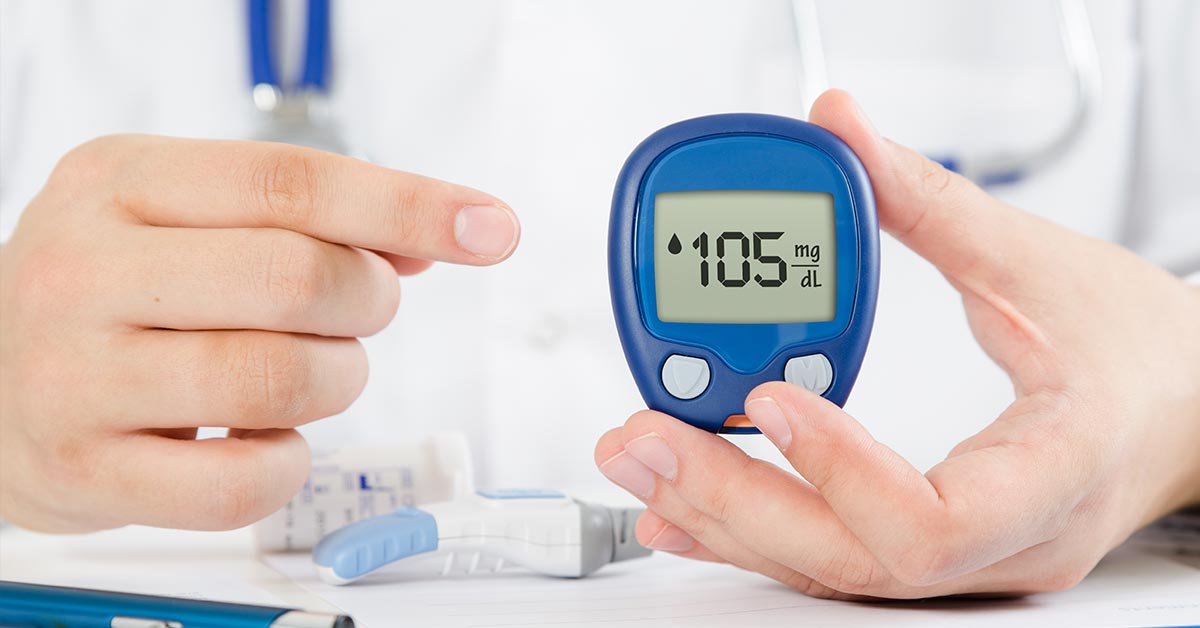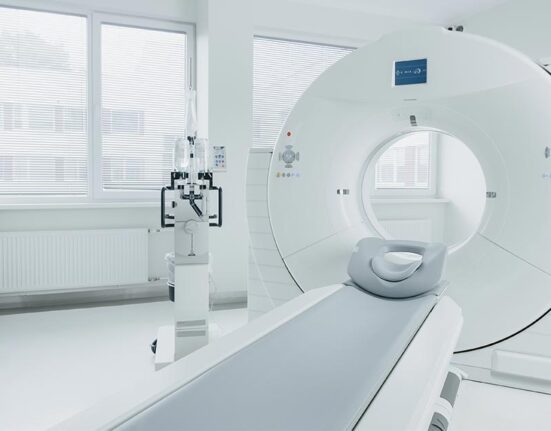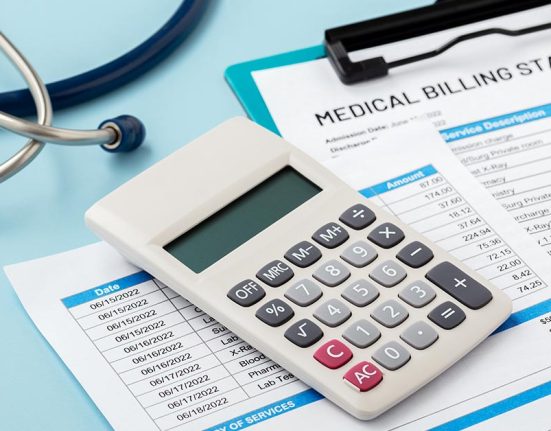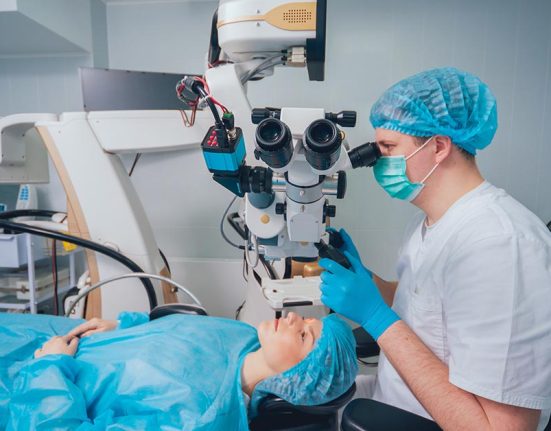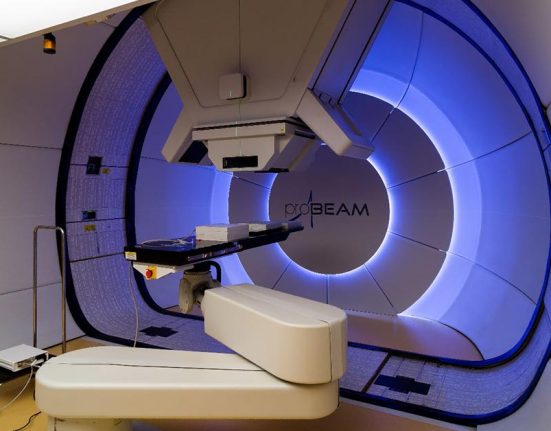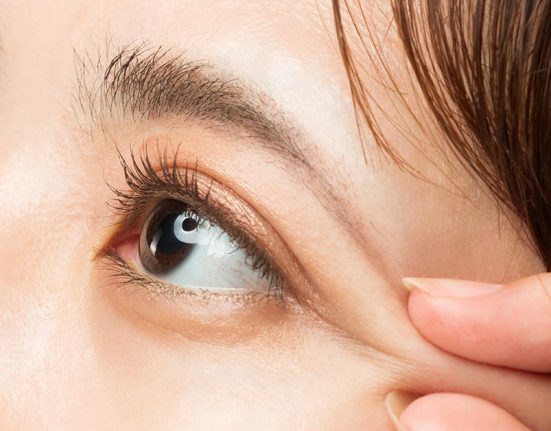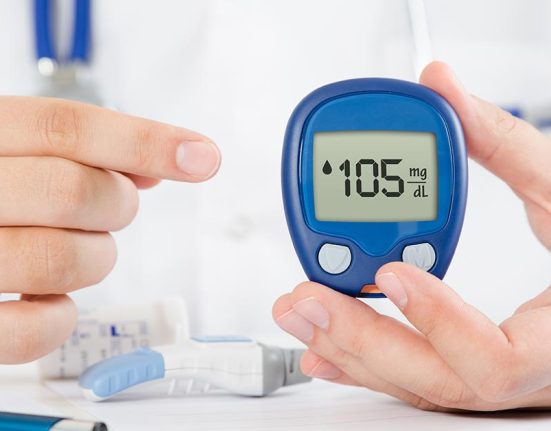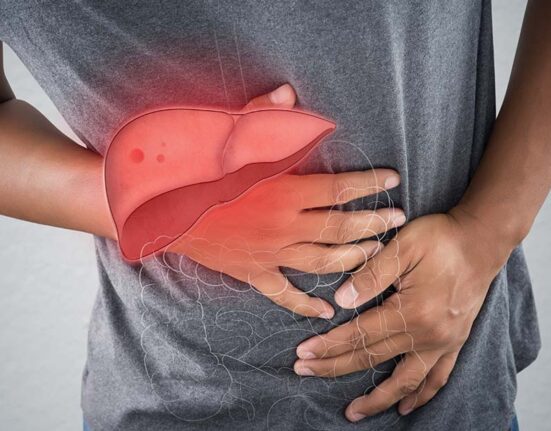Diabetes in Singapore is a major public health concern, affecting a substantial portion of the population. Often, it may go undetected, that is why learning more about this condition is crucial. In this article, we will delve further into diabetes in Singapore – what it is, its types, symptoms, risk factors, screening, and its importance to early detection.
Diabetes In Singapore – Statistics
It is estimated that there were a total of 711,800 cases of diabetes in adults in 2021. Furthermore, 430,000 Singaporeans ages 18-19 were diagnosed with prediabetes. According to the Ministry of Health, 1 in 3 people in Singapore may develop diabetes in their lifetime.
Among the different ethnic groups, Indians and Malays have a higher prevalence of the disease compared to Chinese.
What Is Diabetes?
Diabetes Mellitus, commonly known simply as diabetes, is a chronic health condition that impacts how food is turned into energy by the body.
Under normal circumstances, the body will break down food into glucose that is released into the bloodstream. The pancreas releases insulin when blood sugar levels increase. The insulin in turn enables the cells in the body to use the blood sugar as energy. Insulin also causes the liver to store blood sugar. When blood sugar levels decrease (e.g. due to usage by the body or insufficient food consumption), the amount of insulin produced will accordingly decrease as well. The lowered insulin level causes the liver to instead release the stored blood sugar so that the body has a source of energy to use.
When a person has diabetes, the body either does not produce enough insulin, or is unable to use the insulin effectively to turn blood sugar into energy. These result in there being too much glucose staying in the bloodstream.
What Are The Types Of Diabetes?
There are several types of diabetes, with each having distinct characteristics and requiring different approaches to management.
Type 1 Diabetes
This type of diabetes is an autoimmune disease. It is more often diagnosed in younger people – children through to young adults. This form of diabetes happens when the cells in the pancreas that produce insulin are mistakenly destroyed by the body’s immune system. People with Type 1 diabetes need to take insulin every day.
Type 1 diabetes is not lifestyle-related and there is no known prevention for it.
Type 2 Diabetes
Type 2 diabetes is a form of diabetes whereby the body either does not produce enough insulin or is unable to utilise the insulin well. This is the most common type of diabetes with 90-95% of diabetics suffering from it. This form of diabetes usually affects people who are middle-aged or older. However, there is a new trend of increasing larger number of younger patients too.
The risk of getting Type 2 diabetes can be lowered via leading a healthy lifestyle – including maintaining a healthy weight, keeping a healthy diet, and getting regular exercise.
Prediabetes
Prediabetes occurs before the condition progresses to Type 2 diabetes. It is when the blood glucose level is higher than normal but not high enough to be considered Type 2 diabetes.
Gestational Diabetes
This form of diabetes is due to hormonal changes and affects only pregnant women (who have no prior history of diabetes). While in most cases this form diabetes will go away after the birth of the child, it does increase the risk of Type 2 diabetes subsequently. The baby is also at increased risk to develop Type 2 diabetes at some stage.
What Are The Symptoms Of Diabetes?
The onset of symptoms of Type 1 diabetes may be sudden and intense, but for prediabetes and Type 2 diabetes, there may often not be any warning signs at first. Here are some of the symptoms of Type 1 and Type 2 diabetes to watch out for:
- Increased thirst or dehydration
- Increased frequency of urination
- Drastic weight loss in a short period
- Feeling exhausted or weak
- Mood changes
- Having a blurry vision
- Sores that take longer to heal (for Type 2 diabetes)
- Frequent infections (for Type 2 diabetes)
- Numbness or tingling in the feet or in the hands (for Type 2 diabetes)
The best way to detect diabetes is via testing the blood for elevated glucose levels.
What Are The Diabetes Risk Factors?
The risk factors for diabetes (i.e. factors that will increase the person’s likelihood of getting the disease) include:
- Family history of diabetes
- Obesity
- Getting insufficient regular exercise
- Personal history of gestational diabetes
- High blood cholesterol levels or blood pressure
- Age of 40 years or older
- Prediabetes (risk factor for Type 2 diabetes)
For Type 1 Diabetes
- Family history of diabetes
- Personal history of pancreatic disease
What Are The Serious Potential Health Impact From Diabetes?
People with diabetes are at greater risk for conditions such as:
- Cardiovascular disease and stroke.
- Kidney damage (diabetic nephropathy) leading to kidney failure.
- Cataracts, glaucoma and other eye conditions.
- Hearing loss
- Foot-related complications due to damaged nerves or bad blood flow. Amputation of the toes, foot or leg might be required due to severe infections.
How To Screen For Diabetes In Singapore?
When you go for diabetes screening, one of three types of blood tests may be done to determine if you have diabetes.
1. Fasting Blood Glucose Test
Fasting blood glucose tests are done after about 8 hours of fasting (typically overnight, so you can have breakfast after the test). A fasting blood sugar of 3.3 to 7.0 mmol/L is normal. If it is higher than that, it is indicative of diabetes. This test is the preferred test for diagnosis of diabetes as it is easily done and is supported by strong scientific evidence. This test is suitable for diagnosing both diabetes and pre-diabetes.
2. Random / Casual Blood Glucose Test
This test involves taking a random blood glucose sample similar to Fast Blood Glucose Test, but without fasting. If the result is 11.1 mmol/L or greater, you might have diabetes. This test takes the least amount of time for the patient but is not as reliable as Fasting test. It is also not suitable for detecting pre-diabetes. Where possible, you should opt for Fasting test instead.
3. Oral Glucose Tolerance Test (OGTT)
OGTT requires 8 hours of fasting as well. A sample of fasting blood is taken, after which you will be required to drink a small amount of a sugary drink. Another blood sample is taken 2 hours after the drink. A fasting blood sugar level of above 7.0 mmol/L or a level more than 11.1 mmol/L after the drink is indicative of diabetes. OGTT is thus a more complex testing method, but is reliable and is suitable for diagnosing both diabetes and pre-diabetes.
Screening For Diabetes In Singapore
Regular screening for diabetes is recommended for those aged 40 and above (once every 3 years if there are no indications of diabetes).
You may opt to have diabetes screened as part of your annual health screening check. Health365 has partnerships with trusted healthcare providers in Singapore that offer health screening with blood sugar or glucose tests.
For Singaporeans aged 40 years and above, subsidised diabetes screening at $5 or less under the Screen for Life programme is also available.
For any questions and concerns about screening for diabetes, contact us by clicking the button below:
Protect against cancer, cardiovascular disease, and other chronic diseases with regular health screening. Compare and shop for health screenings from Singapore and regional healthcare providers at a single convenient platform - shop.health365.sg
This article is informative only and is not intended to be a substitute for professional medical advice, diagnosis, or treatment, and should never be relied upon for specific medical advice.


